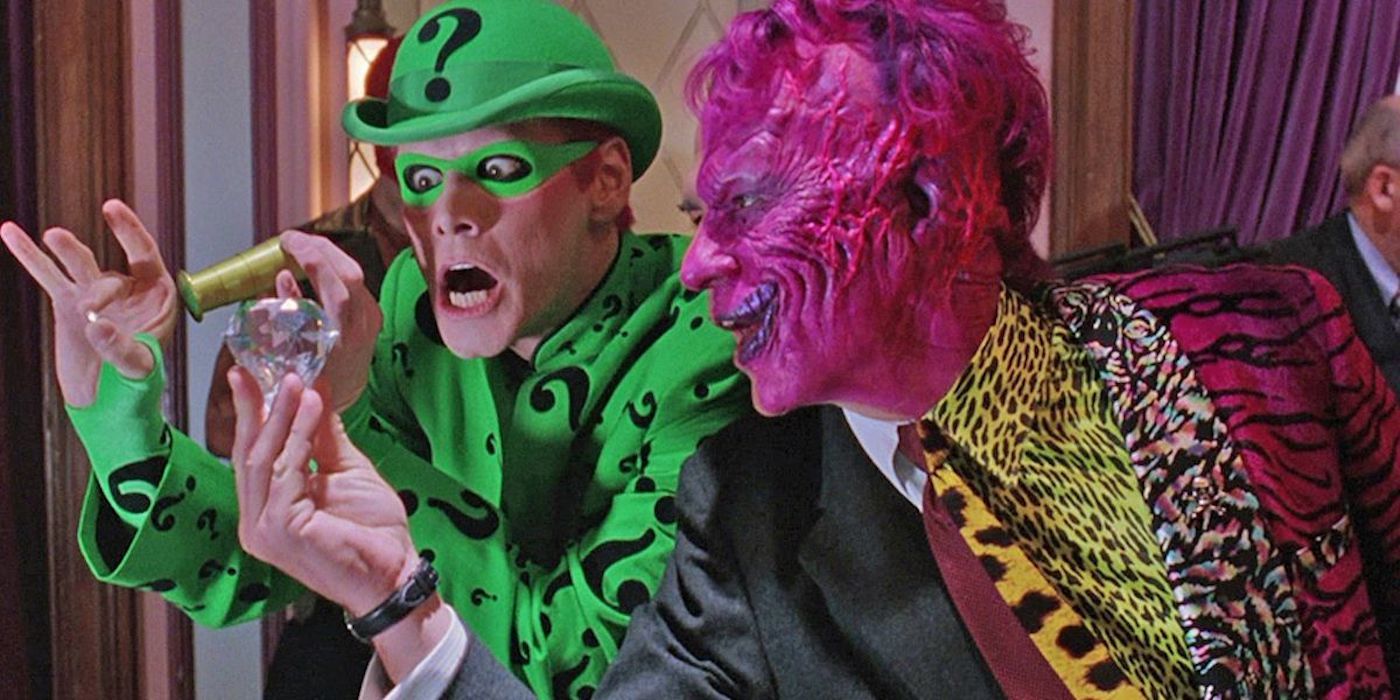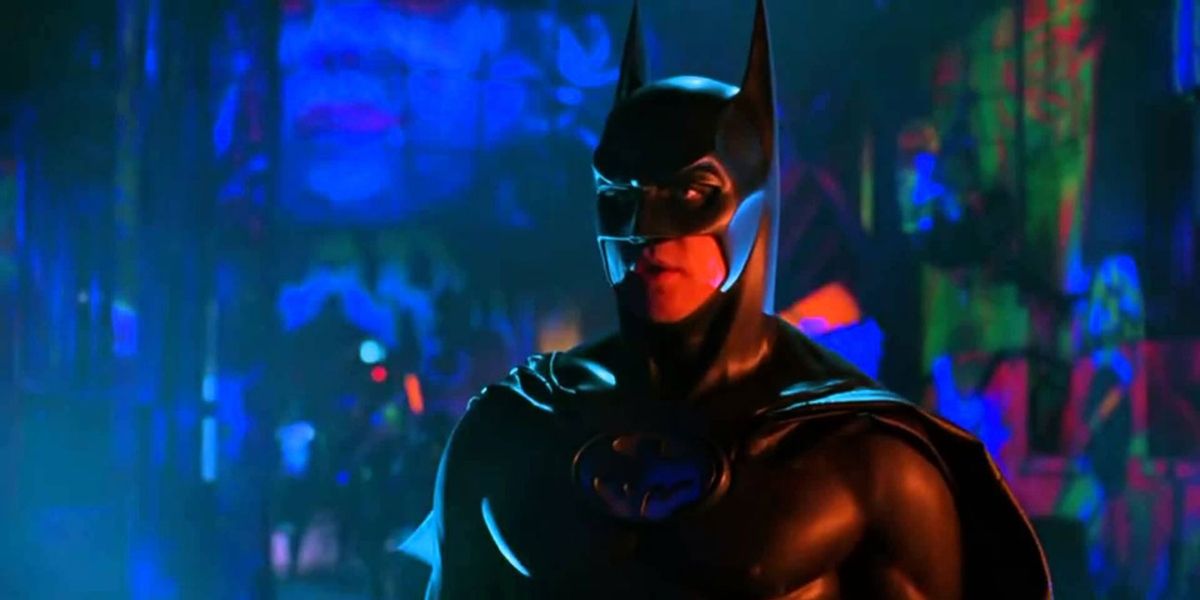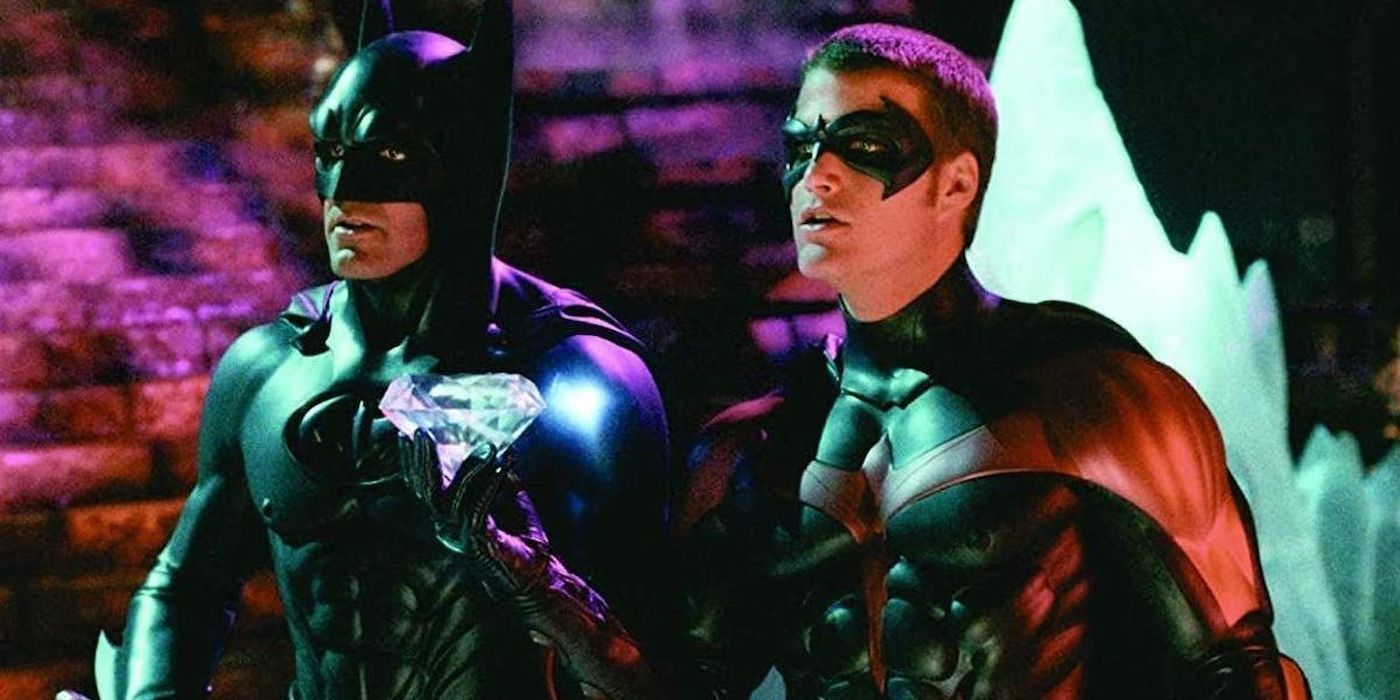With over 80 years of history under his utility belt, Batman has been the subject of multiple film and television adaptations. Many of these adaptations manage to capture the elements that draw fans to the Dark Knight, from Christopher Nolan's Dark Knight trilogy to Matt Reeves's The Batman. But the same could be said for Joel Schumacher and his Batman films Batman Forever and Batman & Robin, especially as the latter celebrates its 25th anniversary this year. The irony is that Schumacher's films draw more than a few elements from the Silver Age of Batman's adventures, yet they've often been regarded as the death knell of the franchise.
The Silver Age is often regarded as one of the most influential periods in comic book history since it was the moment that the superhero genre regained prominence in the medium. While the era saw the creation of multiple characters and superhero teams including the Justice League of America and the Fantastic Four, it also saw a resurgence in interest in Batman. The Caped Crusader was on the outs alongside other superheroes such as Superman and Wonder Woman were far from the icons of the superhero genre that they'd grow to be in later years. In fact, their comics were bleeding readers until the dawn of the Silver Age. In a similar vein, Forever wound up drawing more attention than its predecessor Batman Returns - even becoming the highest-grossing film of 1995.
Perhaps the biggest Silver Age influence in Schumacher's films is the outlandish villains. Many of Batman's foes usually have an outlandish gimmick and Schumacher took that to the next level, as Forever features the dual menace of Two-Face (Tommy Lee Jones) and the Riddler (Jim Carrey) while Batman & Robin has Mister Freeze (Arnold Schwarzenegger), Poison Ivy (Uma Thurman) and Bane (Robert Swenson). They seem to relish playing the villains; Carrey, in particular, taps into the same rubbery energy that fuels his performances in The Mask and Ace Ventura while playing the Riddler. And Thurman's performance as Ivy embraces the utter campiness inherent in a woman who's become a living plant. So does Schwarzenegger's turn as Freeze, which is even more ironic given that Batman: The Animated Series reworked the character as a tragic figure. Elements of that Freeze wind up in Batman & Robin, including his dedication to save his wife Nora
Another Silver Age element Schumacher embraced was the mad science that often drove the plot of that era's comics - especially the villain's origins. Many Silver Age heroes, such as Barry Allen/The Flash and Hal Jordan/Green Lantern, have origins that are steeped in science fiction. The villains of Schumacher's films lean hard into that aesthetic. Ivy is transformed when her employer Dr. Jason Woodrue (John Glover) shoves her into a rack of chemicals and plants, forever altering her DNA. Freeze is cursed to live in subzero temperatures after an experiment gone horribly wrong. And in a scheme that feels ripped out of a Twilight Zone episode, the Riddler builds a device that drains people's mental energy and adds it to his own.
When it comes to the heroes, two Silver Age comics seem to have inspired the visuals and plot of Schumacher's vision for Gotham City. While World's Finest #141 boasts a standard Silver Age plot - Robin and Jimmy Olsen view the future and see their deaths - it marks the appearance of the Dark Knight's "new look" courtesy of Silver Age legend Curt Swan. Batman ditches his purple gloves and jet black cloak for a bright blue cape, cowl, and gloves with the classic yellow and black oval chest symbol. He'd receive a similar costume change for Schumacher's films. Gone was the jet black rubber that Michael Keaton wore; in its place was a steely blue suit donned by Val Kilmer in Forever and George Clooney in Batman & Robin. Both films would spark controversy for having anatomically correct features, including the infamous "Bat-nipples" and bulging codpieces. That latter detail was a source of discomfort for Chris O'Donnell, who played Dick Grayson/Robin. In the documentary Shadows of the Bat: The Cinematic Saga of the Dark Knight, O'Donnell said as much: "It wasn't so much the nipples that bothered me. It was the codpiece."
The other comic is Detective Comics #359, which features the first appearance of Barbara Gordon as Batgirl. Alicia Silverstone plays Batgirl in Batman & Robin, who is reworked to be the niece of Batman's steadfast butler Alfred Pennyworth (Michael Gough). At first presumed to be an ordinary college student, Barbara is revealed to be an expert street racer and fighter who's attempting to earn enough money to take care of Alfred as he's been stricken with MacGregor's disease - the same illness that befell Freeze's wife. Barbara has gone on to become a staple of the Batman mythos, both as Batgirl and more recently in her role as Oracle. And she is slated to be the focus of a feature film, with Leslie Grace slipping on Babara's batsuit.
Ultimately, the Silver Age would come to an end as comics moved into more mature storytelling. The DC maxiseries Crisis on Infinite Earths destroyed the DC multiverse in an attempt to streamline its continuity, and over at Marvel Spider-Man suffered his greatest loss yet when his girlfriend Gwen Stacy died. Similarly, Schumacher's Batman films were often regarded as a major factor in the brief "death" of the superhero genre - despite films like Howard the Duck existing and Schumacher turning in other works such as the horror classic The Lost Boys. Other filmmakers including Nolan, Reeves, and Zack Snyder have leaned into the comics' more modern elements: Batman often sports darker, more modernized costumes and his villains are darker and more dangerous.
However, Schumacher's films have received a reappraisal in recent years. Forever, in particular, has re-entered the cultural conversation when it was revealed that a 170-minute cut of the film exists. Naturally, fans have pushed for said cut to be released, especially in the wake of Zack Snyder's Justice League receiving a similar treatment. With fandom growing to embrace Schumacher's vision, perhaps a future Batman project might embrace elements of the Silver Age down the line.



